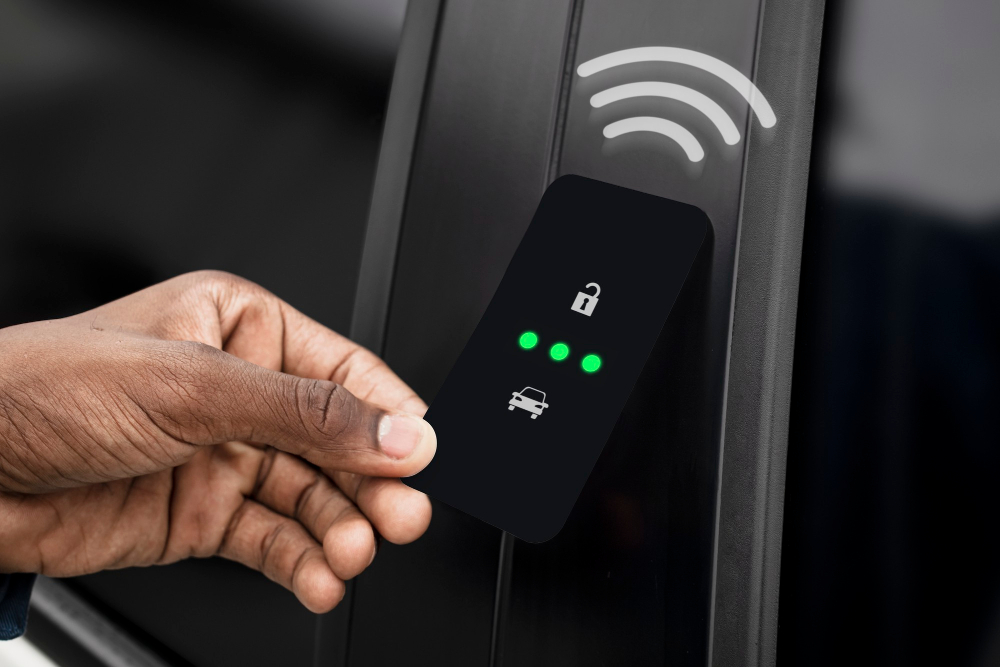Public Wi-Fi networks are convenient, providing quick access to the internet while you’re on the go. However, these networks come with significant security risks that can jeopardize your personal information and your PC’s safety. Hackers and malicious actors often target public Wi-Fi hotspots to exploit vulnerabilities, leading to identity theft, financial loss, or unauthorized access to your sensitive data.
This guide explores the risks associated with public Wi-Fi and offers practical solutions to avoid them, ensuring you can safely use your PC in public spaces.
Understanding the Risks of Public Wi-Fi
Before diving into prevention strategies, it’s important to understand why public Wi-Fi networks are inherently risky.
1. Lack of Encryption
Many public Wi-Fi networks do not encrypt data transmitted between your PC and the network. This makes it easy for hackers to intercept and steal your information.
2. Man-in-the-Middle (MITM) Attacks
Hackers can position themselves between your PC and the network, capturing all data exchanged. This method, known as a MITM attack, is one of the most common threats on public Wi-Fi.
3. Fake Hotspots
Cybercriminals can set up fake Wi-Fi networks that mimic legitimate ones. When you connect to these malicious networks, they can steal your data or install malware on your PC.
4. Malware Distribution
Public networks often lack adequate security measures, making it easier for hackers to distribute malware to connected devices.
5. Session Hijacking
If you log in to accounts over public Wi-Fi, hackers can hijack your session and gain unauthorized access to your online profiles, such as email, social media, or banking accounts.
Tips to Avoid Public Wi-Fi Security Risks
1. Use a Virtual Private Network (VPN)
A VPN encrypts your internet connection, creating a secure tunnel between your PC and the internet. Even if hackers intercept your data, they won’t be able to decipher it.
How to Set Up a VPN:
- Choose a reliable VPN service (e.g., NordVPN, ExpressVPN, or CyberGhost).
- Download and install the VPN software on your PC.
- Launch the VPN and connect to a server before accessing public Wi-Fi.
2. Avoid Accessing Sensitive Information
Refrain from accessing sensitive accounts, such as online banking or email, while on public Wi-Fi. If you must, use a VPN or wait until you’re on a secure network.
3. Turn Off Automatic Wi-Fi Connections
Most PCs automatically connect to known Wi-Fi networks. Disable this feature to avoid accidentally connecting to unsafe networks.
Steps to Turn Off Auto-Connect on Windows:
- Go to Settings > Network & Internet > Wi-Fi.
- Select the network and toggle off Connect automatically when in range.
4. Enable Your Firewall
A firewall acts as a barrier between your PC and unauthorized connections. Ensure your firewall is enabled when using public Wi-Fi.
How to Enable Firewall on Windows:
- Go to Control Panel > System and Security > Windows Defender Firewall.
- Click Turn Windows Defender Firewall on or off and enable it for public networks.
5. Use HTTPS Websites
When browsing, look for websites that start with “https://”. The “S” stands for secure, meaning the website encrypts your data.
Browser Extensions for HTTPS:
- Install browser extensions like HTTPS Everywhere, which automatically redirects you to the HTTPS version of websites.
6. Keep Your Software Updated
Outdated software can have vulnerabilities that hackers exploit. Regularly update your operating system, browsers, and security tools to ensure you’re protected.
Steps to Update Windows:
- Go to Settings > Update & Security.
- Click Check for updates and install any available updates.
7. Disable File Sharing
File sharing on public Wi-Fi can expose your PC to unauthorized access. Disable this feature to enhance security.
Steps to Disable File Sharing on Windows:
- Go to Control Panel > Network and Sharing Center.
- Click Change advanced sharing settings.
- Turn off File and printer sharing for public networks.
8. Log Out of Accounts When Not in Use
When you’re done using accounts like email or social media, log out to reduce the risk of session hijacking.
9. Monitor Your Connections
Use tools like Wireshark to monitor network traffic for any unusual activity. This can help identify potential threats.
10. Use Two-Factor Authentication (2FA)
Enable 2FA on all critical accounts. Even if hackers gain access to your credentials, they’ll need the second authentication step to log in.
What to Do If You Suspect a Security Breach
If you believe your PC has been compromised while using public Wi-Fi, take immediate action:
- Disconnect from the Network: Turn off Wi-Fi to stop any ongoing malicious activity.
- Run a Malware Scan: Use antivirus software to check for and remove malware.
- Change Your Passwords: Update passwords for all critical accounts, starting with email and banking.
- Enable Account Alerts: Set up notifications for unauthorized access or changes to your accounts.
- Report Fraud: If your financial accounts are affected, notify your bank and freeze your accounts if necessary.
Tools to Enhance Public Wi-Fi Security
- Antivirus Software: Protects against malware and spyware. Examples: Norton, McAfee, Kaspersky.
- Password Manager: Stores strong passwords securely. Examples: LastPass, Dashlane.
- VPN Services: Encrypts your internet connection. Examples: ExpressVPN, NordVPN.
- Network Monitoring Tools: Monitors Wi-Fi activity. Examples: Wireshark.
Pros and Cons of Public Wi-Fi
Pros:
- Free and convenient access to the internet.
- Useful for work, browsing, and staying connected while traveling.
Cons:
- High risk of cyberattacks.
- Often lacks adequate encryption and security measures.
- Can expose sensitive data to hackers.
Conclusion
While public Wi-Fi offers convenience, it comes with significant security risks that can compromise your PC and personal data. By implementing the tips outlined in this guide—such as using a VPN, avoiding sensitive transactions, and keeping your software updated—you can minimize these risks and safely use public networks.
Remember, your online security starts with awareness and proactive measures. Equip yourself with the right tools and habits to ensure your PC remains protected, even in less secure environments.







